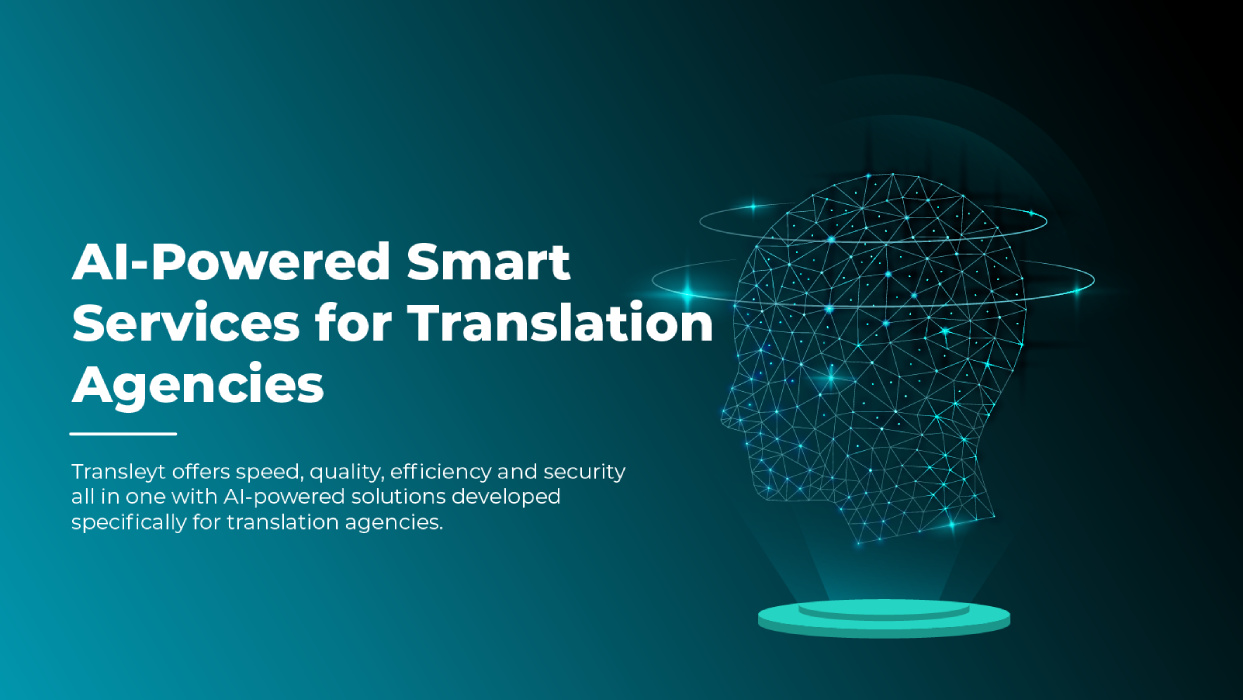Today, the translation industry has moved far beyond simply knowing a language. Modern translation agencies that integrate technology into their workflow are entering a new era delivering both speed and quality like never before.
At Transleyt.com, we are at the forefront of this transformation, offering flexible, secure, and highly efficient tools designed specifically for translation offices.
The Limitations of Traditional Translation Methods
Manual translation processes, especially for high-volume projects, can be time-consuming and costly. They also carry a higher risk of human error, making it harder to ensure consistency.
Transleyt is designed to complement traditional workflows streamlining tasks, reducing repetitive work, and helping human translators save valuable time.
The Benefits of AI-Powered Smart Tools
🔹 Speed
Process large volumes of text and images in seconds.
🔹 Accuracy
Produce translations that follow grammar rules and preserve meaning.
🔹 Efficiency
Let AI handle repetitive tasks so translators can focus on higher-value, strategic work.
Key Services Transleyt Offers for Translation Agencies
📷 Image-to-Text Translation (OCR + AI)
Extract text from images (JPG, PNG, PDF) using AI-enhanced OCR, then translate instantly.
Ideal for brochures, catalogs, menus, and archival materials.
🕌 Ottoman Turkish Text Recognition
Unlike standard OCR tools, Transleyt can read Ottoman Turkish text and convert it to the Latin alphabet a major advantage for academic and archival projects.
📝 Text Translation in 30+ Languages
Deliver fluent, context-appropriate translations in English, French, German, Arabic, Spanish, and more. Complex sentence structures, technical terms, and industry-specific jargon are handled with precision.
🔊 Time-Coded Audio Transcription and Translation
Automatically transcribe and translate audio or video files with exact time codes. Perfect for video subtitles, podcast transcripts, and multilingual media content.
🗂️ Make PDF, PNG, and JPG Files Searchable
Convert scanned or image-based documents into searchable, editable text for faster revisions and easier content management.
AI and Human Collaboration
Transleyt is not here to replace human translators but to empower them.
When human expertise and AI efficiency come together, the result is faster turnaround and more natural translations.
🤝 High Quality Through Hybrid Models
First, the AI translates; then, a human linguist edits and refines. This combination raises quality standards across everything from technical documents to literary works.
✔️ Why Human Post-Editing Matters
AI can achieve up to 90% accuracy, but the remaining 10% tone, cultural nuance, and style comes from a skilled human touch.
Integrating AI into Translation Workflows
Fast Adoption with User-Friendly Tools
Simple interfaces and easy integration make AI tools quick to implement.
Cost and Time Savings
AI reduces both operational costs and delivery times, allowing agencies to handle more projects in less time without sacrificing quality.
Security and Confidentiality as a Priority
-
🔐 Data Encryption: Documents are protected with state-of-the-art encryption algorithms.
-
🔍 Transparent Processes: We clearly document how our AI systems process your data.
-
👤 Client Confidentiality: Files are processed only during the translation task and are never stored or shared with third parties.
Cost and Time Efficiency in Action
With Transleyt, translation agencies can:
-
Deliver more projects in the same timeframe
-
Shorten delivery times while maintaining quality
-
Use human resources more effectively, especially for repetitive tasks
Frequently Asked Questions (FAQ)
1. Do AI translation tools replace human translators?
No. AI tools assist human translators by automating repetitive tasks and speeding up processes. Human post-editing is still essential for natural, error-free translations.
2. Which languages are supported?
Over 30 languages, including Turkish ↔ English, German, French, Arabic, and even Ottoman Turkish recognition.
3. Which file formats does OCR support?
OCR supports PDF, PNG, and JPG files making scanned or image-based documents searchable and editable.
4. What does time-coding in audio translation mean?
It means each sentence in the transcription is matched to its exact time in the original audio. This is especially useful for videos and podcasts.
5. How reliable are AI-powered translations?
They produce grammatically correct, fluent translations, but for technical or literary texts, human editing is recommended. Hybrid workflows deliver the highest quality.
6. How is my data protected?
We use advanced encryption and strict privacy protocols. Data is processed only during translation and never stored or shared.
7. How can I integrate AI into my workflows?
Transleyt offers easy integration and user-friendly interfaces. Our technical support team ensures a smooth onboarding process.
8. How does AI save costs and time?
By automating repetitive, time-consuming tasks, AI speeds up delivery and reduces human error lowering costs without sacrificing quality.
9. Why is human post-editing important?
While AI handles structure and grammar well, humans ensure the final text matches cultural context, tone, and style essential for professional-grade translations.
10. How does Transleyt.com’s pricing work?
We offer flexible pricing monthly subscriptions or pay-per-project based on your needs and usage volume.
Conclusion: The Future of Translation Agencies Starts Now
AI is not just a tool it’s a competitive advantage.
With Transleyt, leave outdated methods behind and step into a faster, higher-quality, and more efficient translation process starting today.
